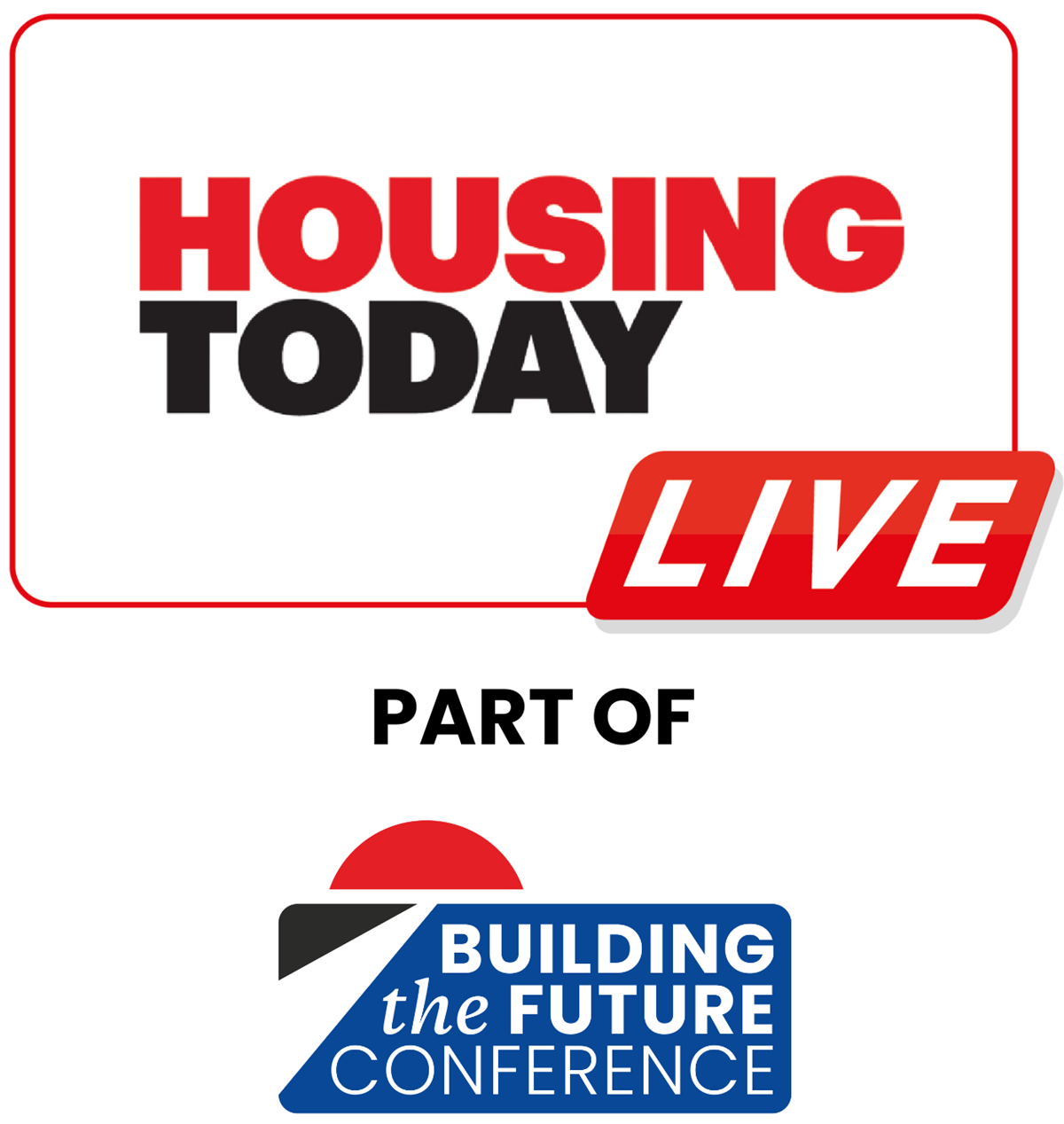Regulations laid before parliament to bring first phase of law requiring landlords to address damp and mould into effect in October
Government will take a flexible ‘test and learn’ approach to Awaab’s law, Angela Rayner has said.
The government yesterday laid regulations before parliament to bring the first phase of the law into effect on 27 October.
Social landlords will have to address damp and mould hazards that present a significant risk to tenants to fixed timescales. They will also have to address all emergency repairs for damp and mould and other hazards within 24 hours. The law will then in 2026 be extended to other hazards, including excess cold and excess heat; falls; structural collapse; fire; electrical and explosions; and hygiene hazards. In 2027 it will be extended to all remaining hazards in the Housing Health and Safety Rating System, excluding overcrowding.
Rayner, deputy prime minister and housing secretary, emphasised in a statement yesterday the government intends to take a flexible approach to the policy.
She said: “I am determined to ensure this policy works effectively, creating a positive impact for all tenants and leaving a lasting legacy. As such, government will take a ‘test and learn’ approach to implementing the policy.
“Over the coming months, we will closely monitor and evaluate the impact Awaab’s Law is having; the effectiveness of the processes put in place to implement it and, will clarify or adapt our approach to deliver the best outcomes if we need to.”
Rayner also confirmed the government is laying regulations to require social landlords to carry out safety checks on electrical installations in their homes at least every five years along with inspection and testing of electrical appliances they provide as part of a tenancy agreement.
Gavin Smart, chief executive of the Chartered Institute of Housing, said: “We welcome today’s announcement setting out next steps for the implementation of Awaab’s Law and improvements to electrical safety in social housing, along with the publication of draft guidance. This is a crucial step towards ensuring that all social housing residents live in safe, healthy homes — and that action is taken swiftly when risks arise.
“The sector is committed to getting this right, and today’s announcement provides important clarity to support that effort. As the professional body for housing, we will work closely with our members to review and engage with the draft guidance, support providers in embedding these changes, and continue to champion the highest professional standards across the board.”
At-a-glance: Awaab’s law requirements
- If a social landlord becomes aware of a matter or circumstance in a social home that may be a hazard within scope, they must investigate within 10 working days to ascertain if there is such a hazard.
- The social landlord must produce a written summary of the findings of the investigation (in most cases) and provide this to residents within 3 working days of the investigation concluding.
- If the investigation finds that a hazard presents a significant risk of harm to the health or safety of a resident, the social landlord must, in most circumstances, within 5 working days of the investigation concluding, make the property safe (using temporary measures if necessary) and begin any further required works. The social landlord must satisfactorily complete repair works within a reasonable time period.
- In an emergency situation, the social landlord must investigate and action any emergency repairs as soon as reasonably practicable and, in any event, within 24 hours.
- If the property cannot be made safe within the specified timescales for Awaab’s Law, then the social landlord must offer to arrange for the residents to stay in suitable alternative accommodation, at the social landlord’s expense, until required repairs are completed.











No comments yet